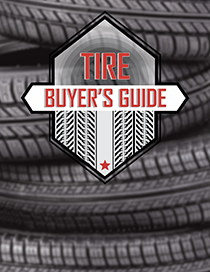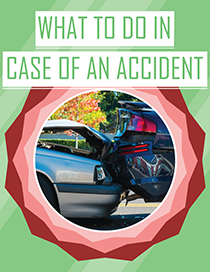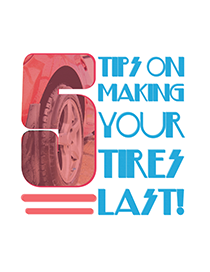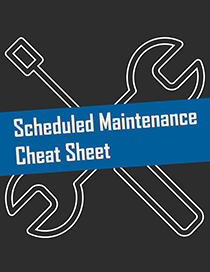How to Prevent Hydroplaning
The important thing to understand is that hydroplaning is highly preventable. A number of avoidable factors contribute to the likelihood of hydroplaning.
As anyone who has ever experienced hydroplaning can attest, it is a very alarming situation. Hydroplaning happens when water pressure causes your car to lift up and slide on a thin layer of water, and your tires lose contact with the road. It has the serious potential to be very dangerous because hydroplaning makes the vehicle nearly impossible to control. Since spring is a time when we typically see a lot of rain, it can be a hazardous season for hydroplaning.

In the event that you find your vehicle hydroplaning, resist the urge to brake or turn suddenly. Ease your foot off the gas until the car slows down and you can feel the contact with the road. If braking is necessary, be sure to use a light pumping action. Most of today’s vehicles are designed with anti-lock brake systems, which automatically do this for you.
The important thing to understand is that hydroplaning is highly preventable. A number of avoidable factors contribute to the likelihood of hydroplaning, such as worn tread, under inflation, and driving at speeds that are inappropriate for road conditions.
It is also good to know that hydroplaning is not as likely to happen as it once was, due to innovative tire design. The tread on your tires has been engineered to prevent hydroplaning by channeling and dispersing water away from the face of the tire. However, worn treads lack the required channel depth to do this, and under-inflated tires are unable to disperse water properly. As long as your tires are in good condition and properly inflated, you can have confidence in their performance.
Even if your tires are in great shape, if you are traveling at speeds that are too high, it will not matter. This is because the tire does not have enough time to push the water out of the way, as it is designed to do. High speeds in the rain are never a good idea.
Well maintained tires and smart driving in inclement weather will do much to prevent hydroplaning. Be sure to slow down when driving on wet roads, especially when turning or on curves, and do your best to avoid driving through puddles or standing water. And make sure you have a reliable set of tires with ample tread depth.






